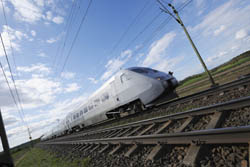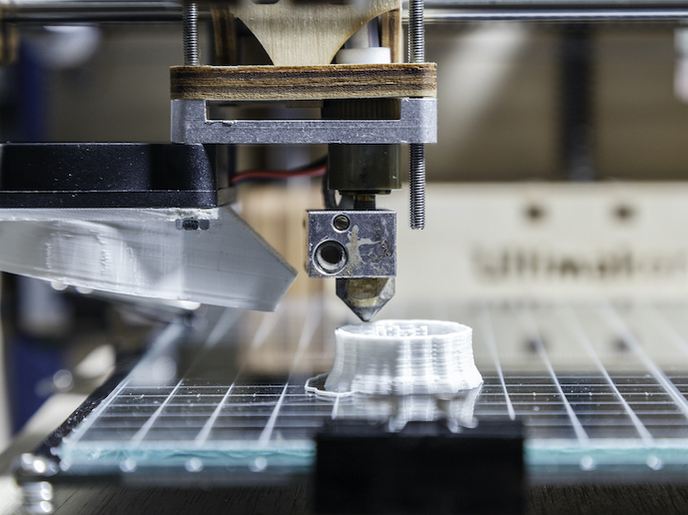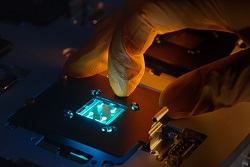High speed trains with transnational compatibility
Commercial trains are designed to go faster but interoperability with overhead line equipment varies from country to country introducing time and cost burdens on new vehicle approval. The pantograph mounted on the roof of a train collects current from overhead catenary lines. Compatibility of the pantograph and catenary system is thus an important consideration in achieving interoperability. Scientists initiated the EU funded project 'Pantograph and catenary interaction total regulatory acceptance for the interoperable network' (PANTOTRAIN) to replace current line testing methods for pantographs with an optimised combination of simulation, mock-up testing and field tests. Work was focused on simplifying transnational agreement on specifications (homologation) for pantographs and cross-border service. Team members developed innovative tools as well as novel pantograph designs employing advanced systems combining mechanical and electronic systems with supporting software. Contact force at the pantograph/catenary interface consists of a static and aerodynamic component. The former is easily measured in a lab or workshop whereas the latter is conventionally line tested. PANTOTRAIN selected an appropriate computational fluid dynamics (CFD) simulation of the aerodynamic component including contact force, uplift of the catenary wire at the supports and vertical movement of the contact point from several algorithms. Simulation results were compared to test rig measurements and line test runs with excellent agreement among all three approaches. Scientists also developed an extremely accurate multi body model of a pantograph simulating the non-ideal behaviour of the joints by including realistic bushings in the model. Two prototypes of pantographs with active or smart control that adapts automatically via incorporation of sensors and actuators were produced and tested with simulations and a test rig. PANTOTRAIN partners then optimised the models for use in field conformity assessments. Researchers proposed a homologation map providing mean and standard deviation of contact force and uplift, as well as a measure of the safety margin achieved by the conformity assessment. Current Technical Specifications for Interoperability (TSI) will be updated within five years. PANTOTRAIN expects to contribute knowledge vital to appropriate changes in TSI and European standards, leading to decreased certification costs, enhanced interoperability and safer train travel.







